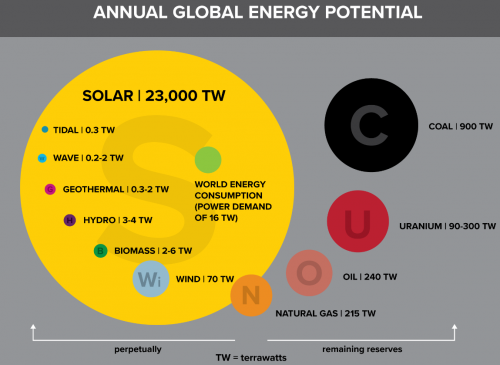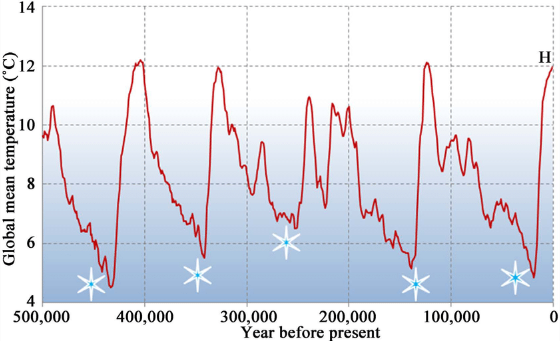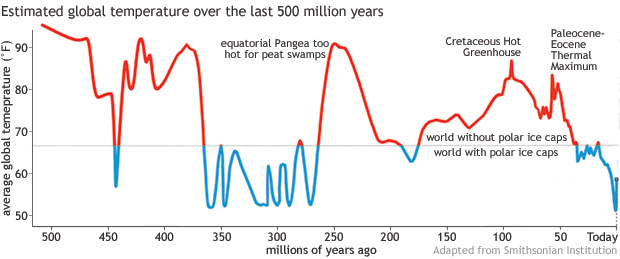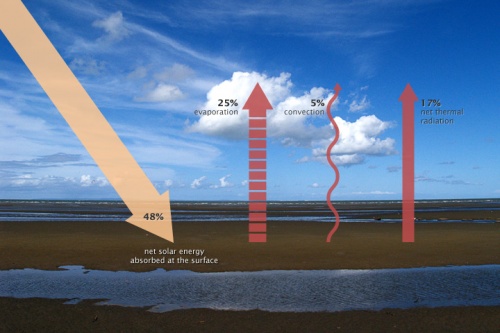500 Factor: Difference between revisions
No edit summary |
|||
| Line 19: | Line 19: | ||
=Energy Budget of the Earth= | =Energy Budget of the Earth= | ||
From NASA - [https://earthobservatory.nasa.gov/features/EnergyBalance#:~:text=Remember%20that%20the%20surface%20radiates,percent%20of%20incoming%20solar%20energy.] | From NASA - [https://earthobservatory.nasa.gov/features/EnergyBalance#:~:text=Remember%20that%20the%20surface%20radiates,percent%20of%20incoming%20solar%20energy.] | ||
[[File:surfaceenergy.jpg|500px]] | |||
Revision as of 02:07, 12 August 2024
The 1000 factor is a factor calculated theoretically as the limit of possible increase of energy by humans, without suffering from ecocide.
This number is a number that allows for solar energy to power all natural processes such as weather phenomena, natural life, along with human-made processes such as the conversion of solar energy into useful power for industrial processes, indoor heating/cooling, transportation, etc.
Plants are the largest users of solar energy. Plants use only 1-2% of the incoming solar spectrum [1], and the earth's coverage with plants is about 30% [2]. Since only plants can use solar energy, and animals build ecosystems upon plant energy - the plant energy is the primary energy important to overall solar energy usage. Ie, animals do not use solar energy, outside of the heat - a component of weather. Bottom line - the amount of total energy required to sustain the ecosphere is under 1% of the total incoming radiation.
Source: [3]]
Every 100k years, we go through ice age and hot age - where mean temperature of the earth fluctuates up to 7C [4] and ice coverage of earth increases to 25% of land mass (8% of total).
Here is the history of temperature over 500 million years - showing that global averages of temp ran anywhere from 50 to 95 F [5] - that is - fluctuating over 25C over all time.
Energy Budget of the Earth
From NASA - [6]



